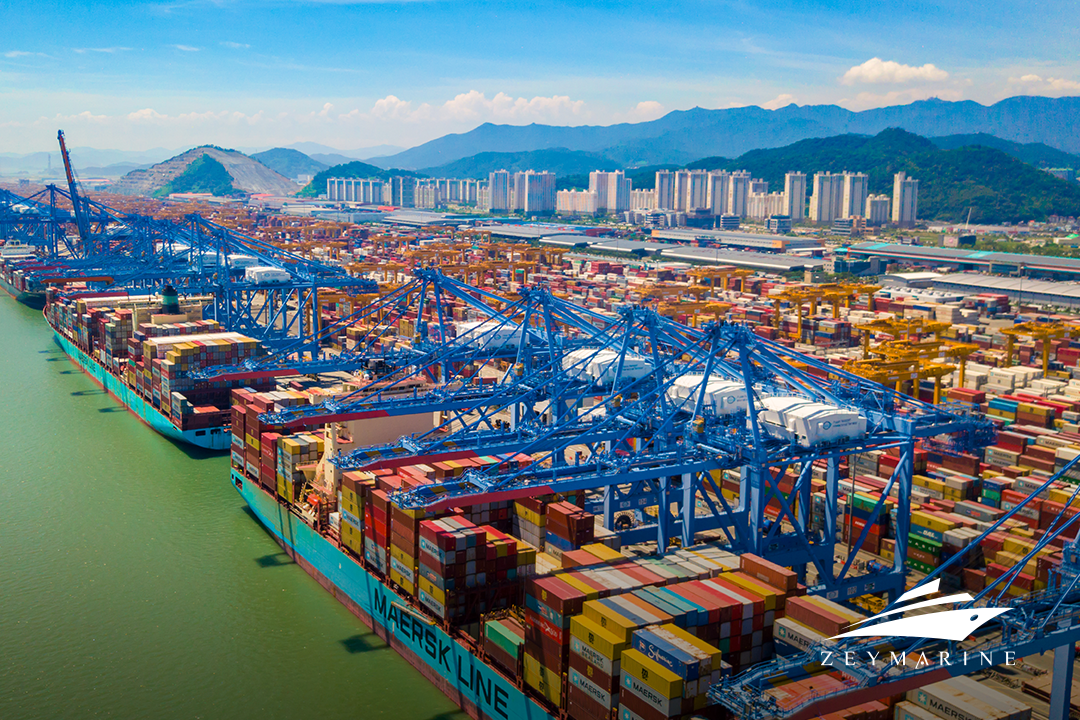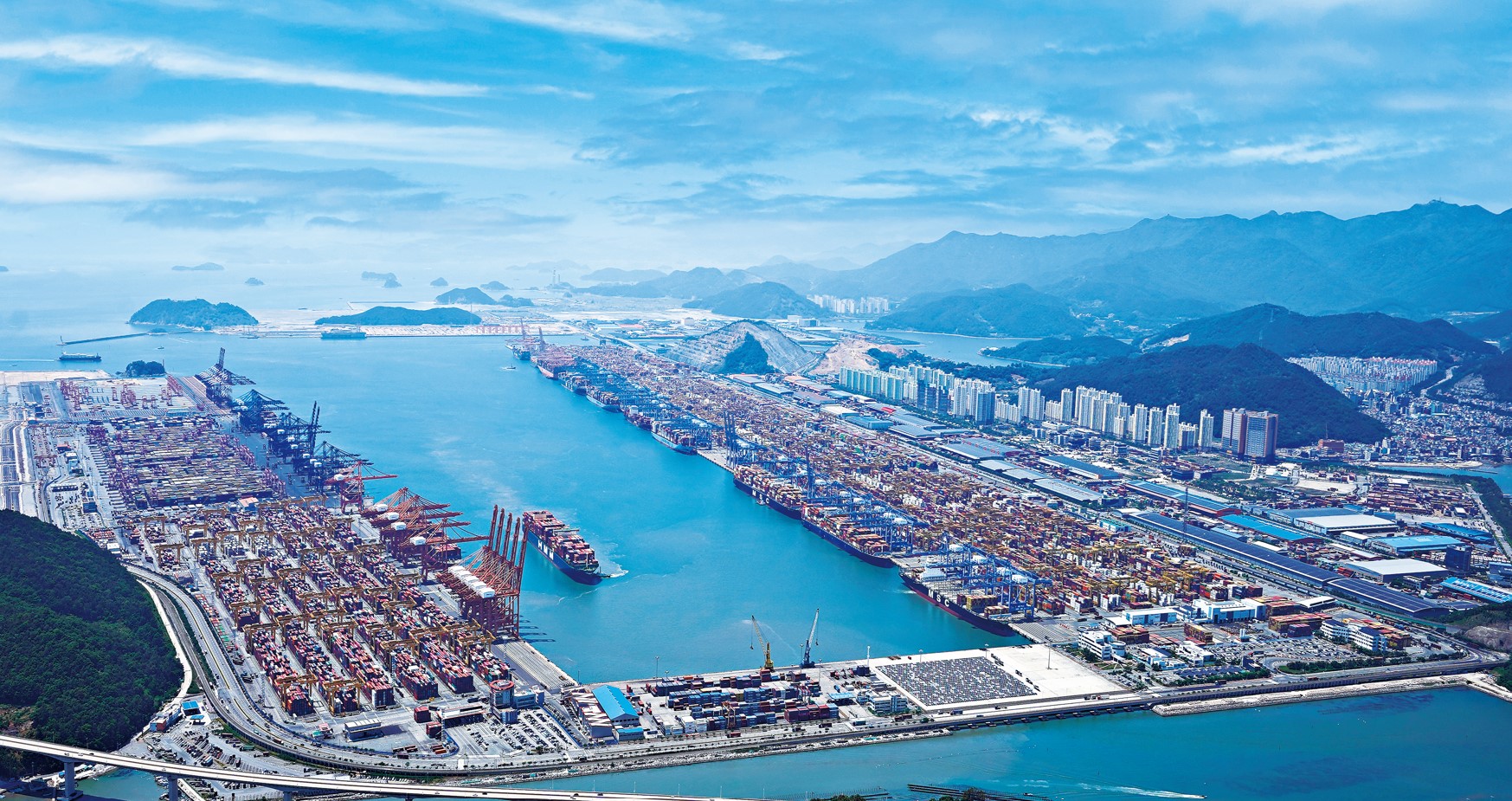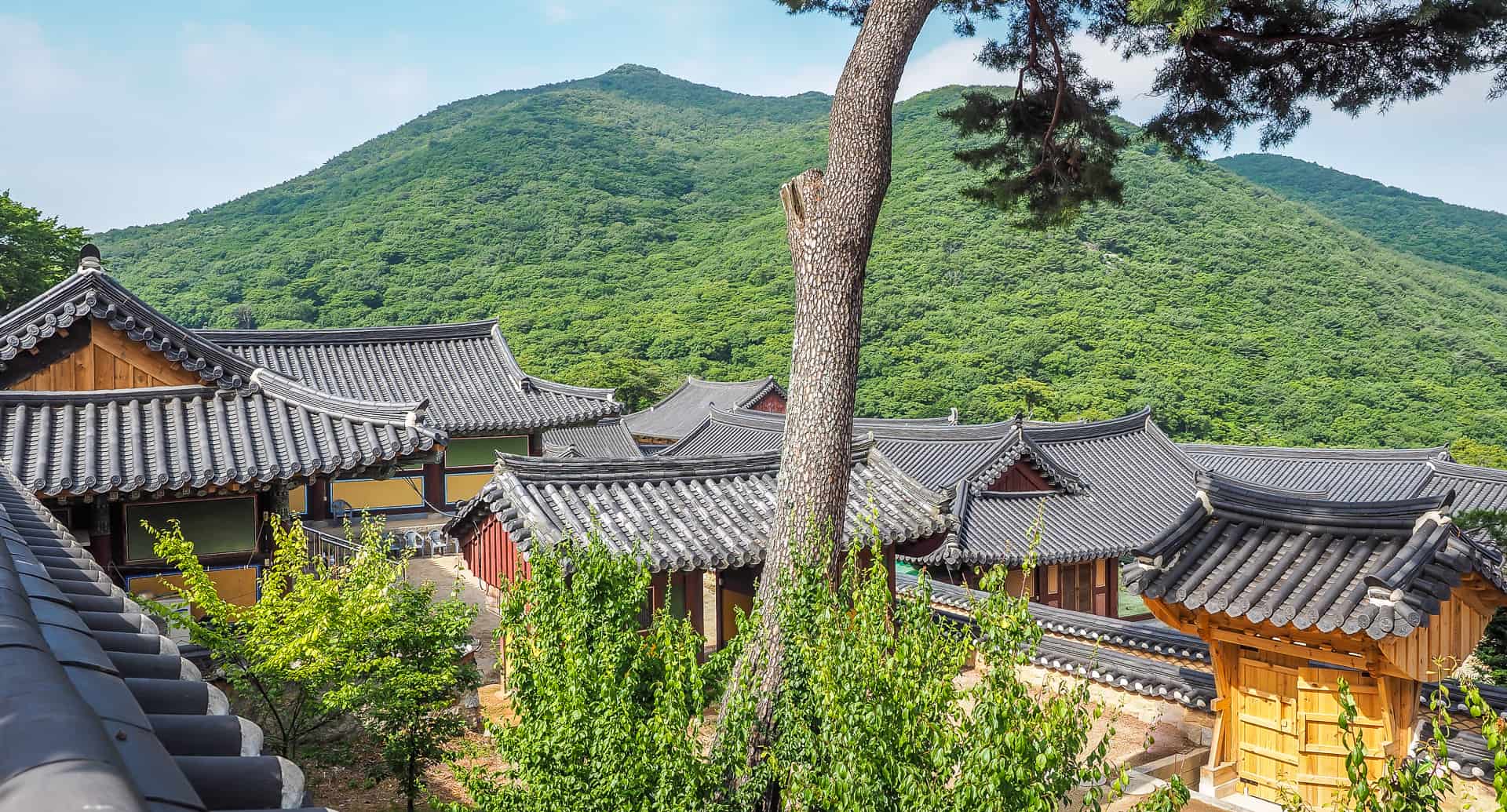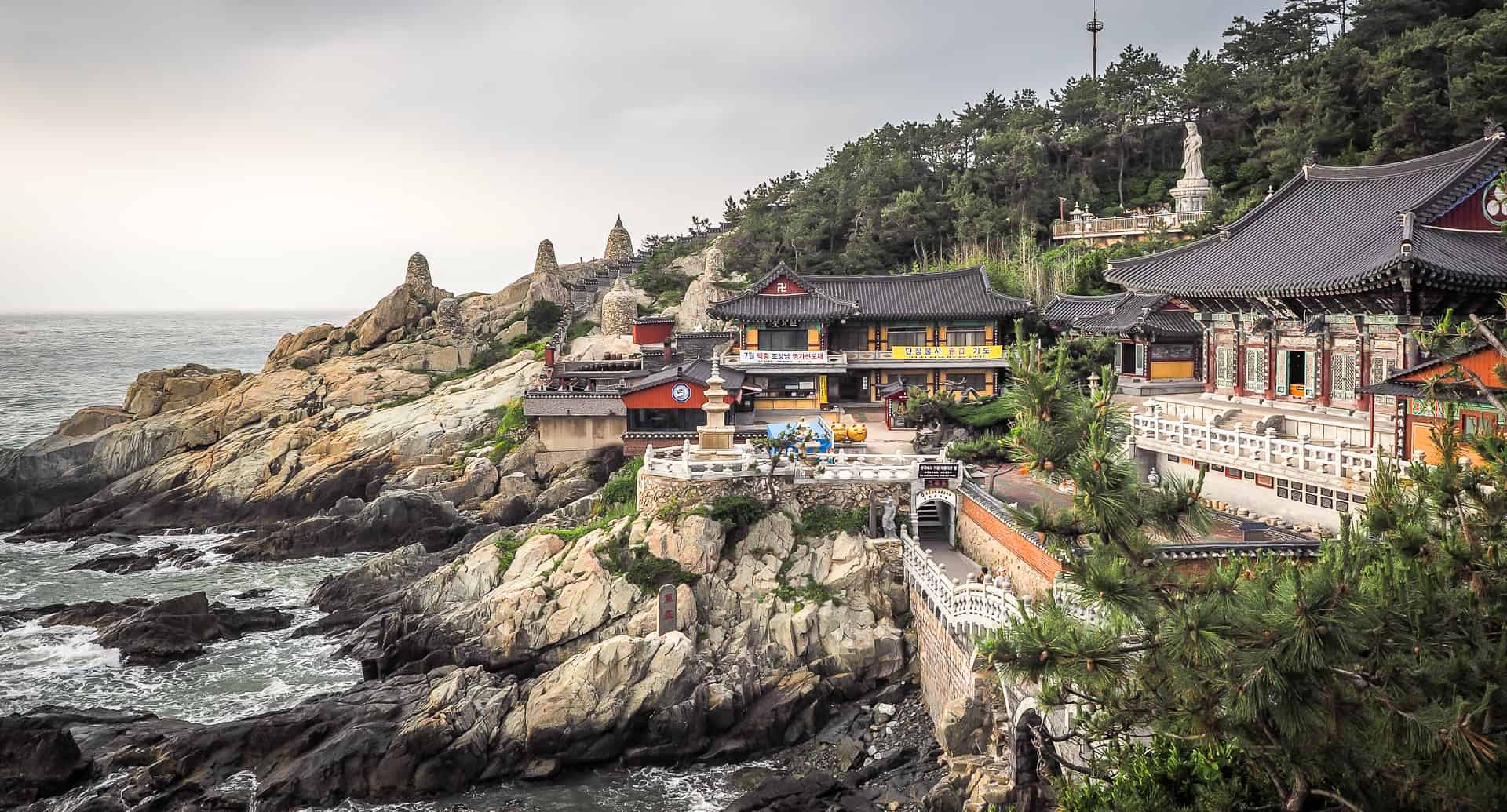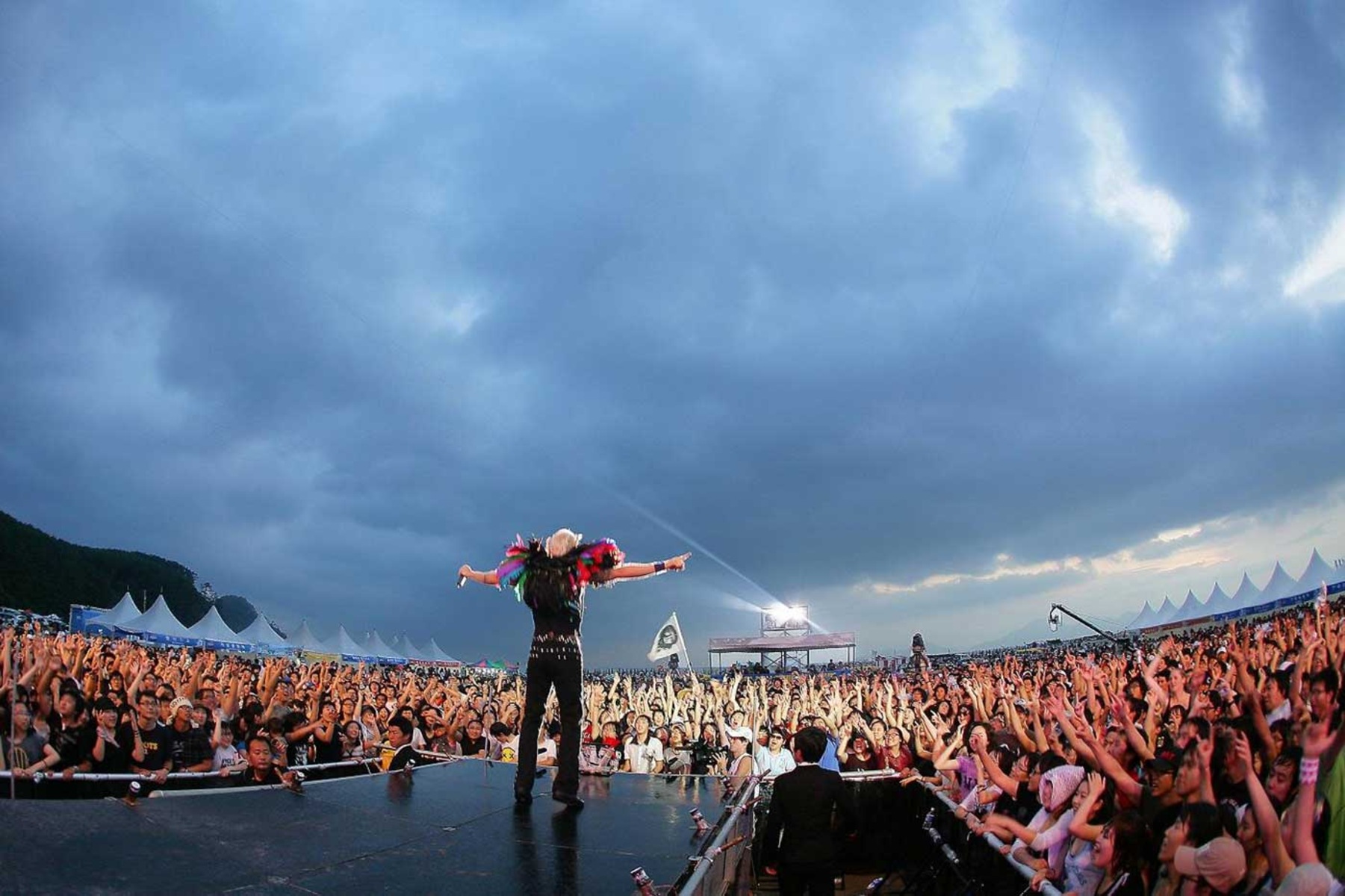Situated down on the Korean Peninsula’s southeast coast, Busan is a prime example of the way that port cities all over the world combine culture, history, and business. Busan, a dynamic city that seamlessly integrates tradition and modernity, has a long history of marine trade. Let’s dive into the fascinating story of Busan in this excursion, revealing its maritime significance, historical tapestry, alluring attractions, and the pounding rhythm of its cultural heartbeat.
History of Busan
The history of Busan is linked together with strands of resiliency, trade, and cross-cultural interaction. Busan, the second-biggest and oldest city in South Korea, has gracefully withstood the test of time. The historical sites of Beomeosa Temple and the venerable Geumjeongsanseong Fortress, which stand as quiet witnesses to the passing of centuries, are testaments to the city’s Three Kingdoms past.
Busan’s strategic position made it a hub for trade and military activities, but the Japanese invasions in the late 16th century left an enduring impression. The city’s development into a contemporary center is a reflection of the people’s tenacity, which is reflected in the busy streets and skyscraper skyline.
In 1876, Busan opened as Korea’s first international port as a result of the Ganghwa Treaty. During the Japanese occupation, Busan became a major port for trade with Japan. The only Korean city to use a steam tram before electricity was introduced in 1924 was Busan.
Busan as a Port City
The port of Busan is the beating heart of the marine nation of South Korea and a representation of both global connectedness and economic vibrancy. With its harbour strategically located along the Korea Strait, Busan has long been a hub for international commerce, resulting in long-lasting economic interactions.
Being one of the biggest ports in the world, it is not only the nation’s entry point but also a vital link in the world’s supply chain. Shipbuilding facilities, fishing harbours, and container terminals present a vibrant image of a city that has accepted its marine destiny and blended its fate with the tides.
Three container ports, namely Jaseungdae, Shin Sundae, and Gamman, have been operated in Busan since 1978. One of the biggest ports in the world, Busan can process up to 23 million TEU of cargo containers annually. In addition to having an international airport, the city serves as the southern end of the main train line that runs from Seoul.
One of two such administrations (the other is located in the harbor of Incheon) was established to uphold the legacy of Busan’s standing as a global hub for trade: the Busan-Jinhae Free Economic Zone Authority. It currently draws ships from all over the world and hopes to develop into a major financial hub for the area. According to the World Shipping Council’s 2021 ranking, Busan is the sixth-largest seaport globally in terms of both cargo volume and efficiency.
Yong-do (island), which is connected to the mainland by a drawbridge, divides the port. Fishing is done out of the smaller, western port while international trade is handled out of the bigger, eastern port.
Attractions In Busan
Busan is enticed with a rainbow of sensory-pleasing delights that go beyond its nautical expertise. With its colourful street art and meandering alleyways, the charming Gamcheon Culture Village epitomizes the city’s dedication to artistic expression.
The city’s equivalent of the Golden Gate Bridge, Gwangan Bridge (Gwangandaegyo), has been the main feature of nearly all tourism posters for Busan since it debuted in 2003. The bridge is most striking when lit up at night, and the best place to see it is from Gwangalli Beach, where you can also take in the daily light display.
Visiting the famous Beomeosa Temple, which is calmly placed on the slopes of Geumjeongsan Mountain, is a must for every tour to Busan.
The shining towers of Haeundae, which overlook the blue waters of the East Sea and invite tourists to marvel at the flawless fusion of the past and present, are possibly the best example of the juxtaposition of tradition and modernity.
Tourists from all over the world travel to Busan’s Jagalchi Fish Market to taste the fresh fish. Traditionally handled by women, Jagalchi is the largest fish market in the nation. This practice dates back to the Korean War, when many men were away fighting and their wives took over the family enterprises.
One of the few coastal temples in Korea, the ancient Haedong Yonggungsa Temple was constructed in 1376 under the Goryeo Dynasty in honor of Haesu Gwaneum Daebul, a Buddhist goddess thought to reside in the ocean on the back of a dragon. Beyond myths, the temple faces east and provides a breathtaking view of the sun rising.
Culture of Busan
Busan’s festivals, food, and friendly people all contribute to the city’s rich cultural tapestry. Filmmakers and fans from all over the world come to Busan International Film Festival (BIFF), an annual celebration of cinematic brilliance. The city’s culinary scene highlights the variety of Korean cuisines with everything from sophisticated seafood restaurants to sizzling street food carts.
The Japanese officers in the city were treated to special cuisine, including Dongnae pajeon, a variation on pajeon (Korean savoury pancakes) made with eggs, salt, water, wheat flour, and sliced chilli peppers along with a variety of seafood.
The people of Busan, who are renowned for their warmth and friendliness, are the epitome of Korean hospitality. The vibrant marketplaces, traditional tea houses, and theatrical events add to the city’s unique cultural mosaic.
Baseball is more than just a sport in Busan; it’s a cultural phenomenon. Busan, renowned as the baseball capital of Korea, is well-known for its fervent baseball supporters. The Lotte Giants, who compete in the Korea Professional Baseball League, have called the city home since 1982.
Due to its historical foundation, Busan has a strong bond with the martial arts traditions. Hwa Rang Do, a traditional Korean martial art that combines physical strength with philosophical concepts, is practised in the city.
The city’s thriving music culture is demonstrated by the Busan International Rock Festival. Every year, this festival draws musicians from all over the world, turning the city into a throbbing center of melody and rhythm. The event transforms into a celebration of the city’s coastline splendour as well as music against the background of Haeundae Beach.

